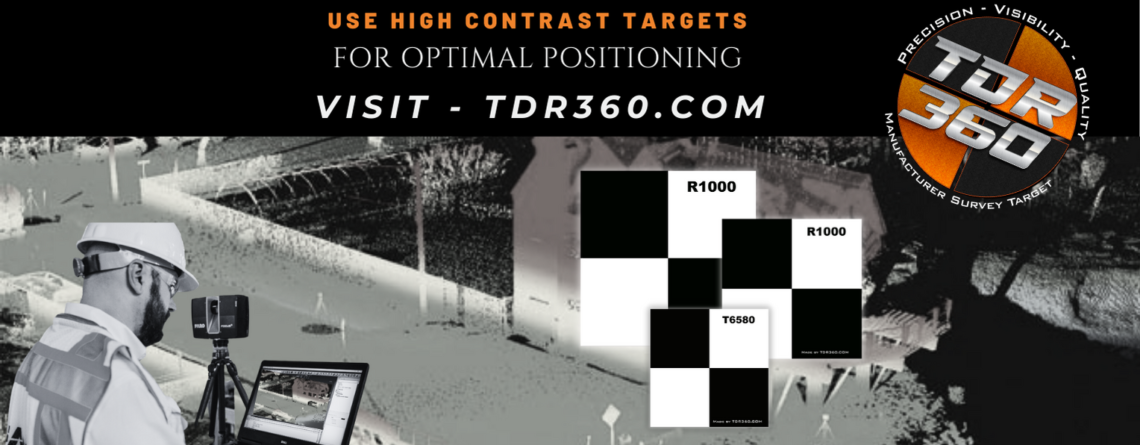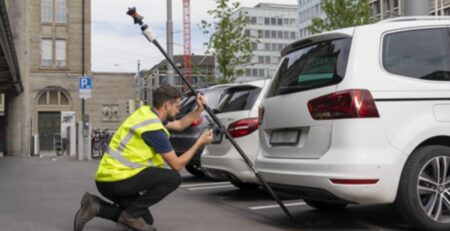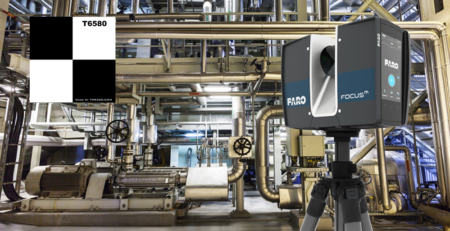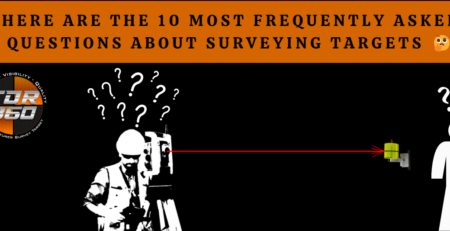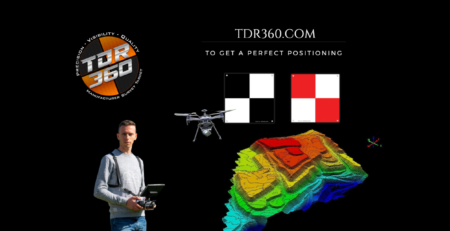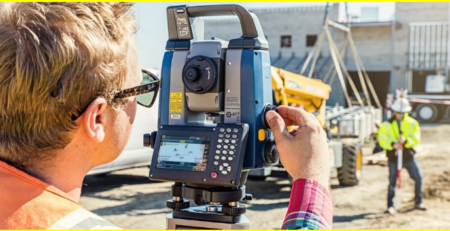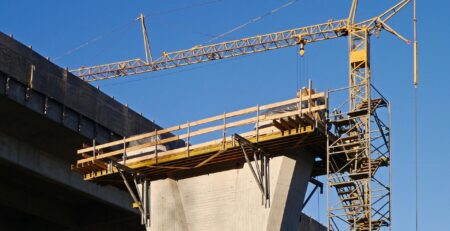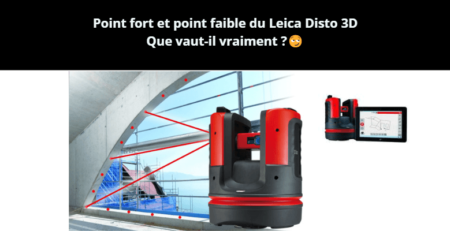The 3D scanner revolution: redefining surveying and mapping.
This article explains the importance of high-contrast adhesive targets in the context of surveying and terrain modeling.
3D scanners have revolutionized surveying and mapping by offering a fast and accurate solution for measuring the shapes, dimensions, and details of any object or terrain. However, to obtain precise and reliable data, it is essential to have high-contrast adhesive targets, typically in the form of white and black checkerboard patterns.
Here are a few reasons why high-contrast adhesive targets are so important in the 3D laser scanning process:
Adhesive targets provide a clear reference for scanning. 3D scanners measure the distances between the scanned object and the scanner itself. Adhesive targets provide a clear and easily detectable reference for the scanner, ensuring data accuracy.
High-contrast adhesive targets help overcome challenges related to detecting reflective and transparent surfaces. Reflective or transparent surfaces can bounce back the laser beam, making precise scanning difficult. High-contrast adhesive targets provide an easily detectable surface, allowing the scanner to accurately measure distances.
Adhesive targets are essential for aligning scans from different viewpoints. When multiple scans are taken of a terrain or object, it is important to align them correctly to obtain an accurate model. Adhesive targets enable this task to be done with great precision, ensuring that the data is correctly aligned.
Adhesive targets are a key element of terrain modeling. When multiple surveys are taken on a site, targets help align all the surveys into one. This creates an accurate 3D model of the terrain, which can be used for planning and design.
In conclusion, high-contrast adhesive targets are essential for 3D laser scanning in surveying and mapping. They provide a clear and easily detectable reference for the scanner, help overcome challenges related to detecting reflective and transparent surfaces, facilitate scan alignment, and are a key element of terrain modeling. Without high-contrast adhesive targets, the precision and reliability of scanned data would be significantly reduced.
